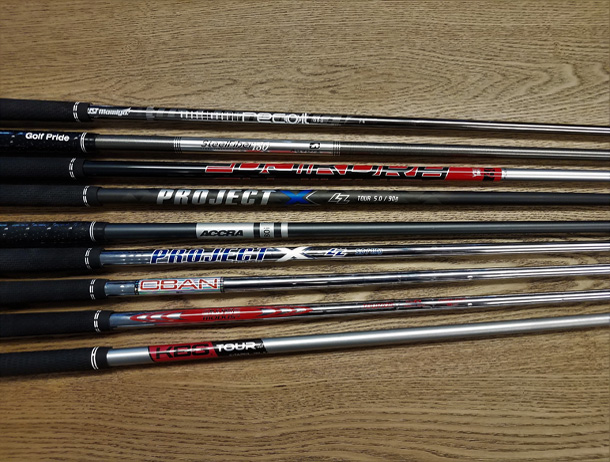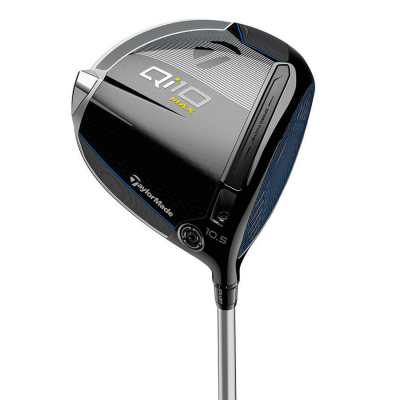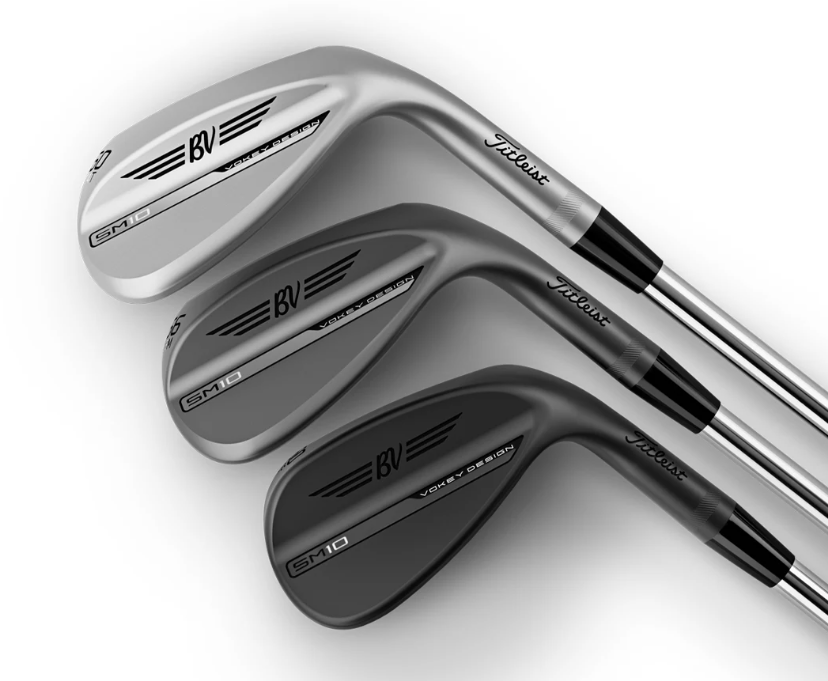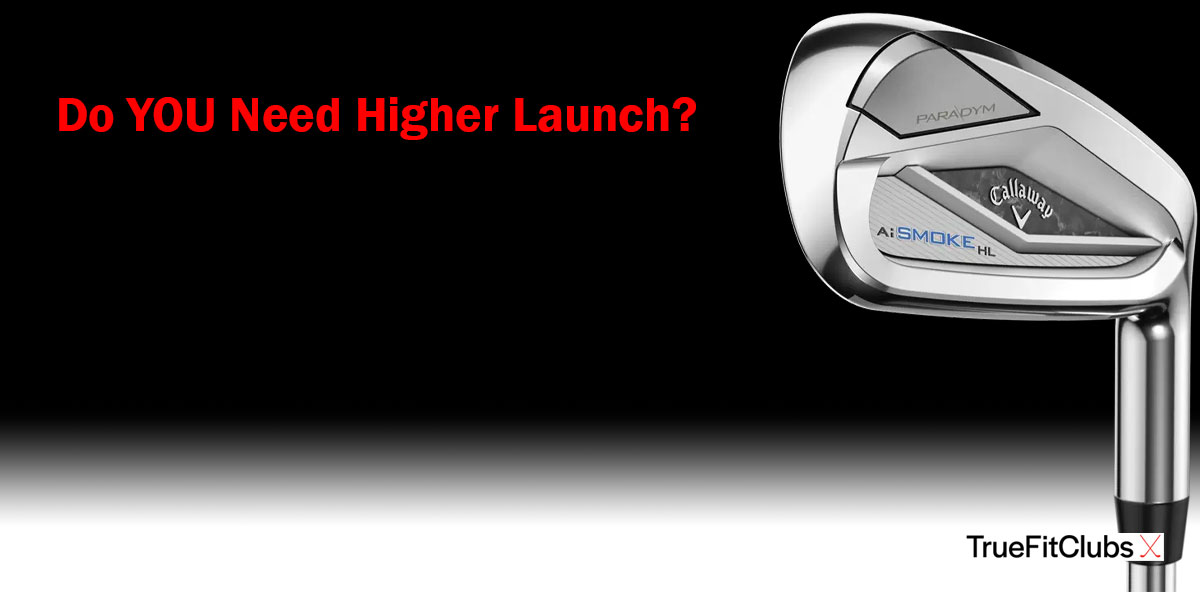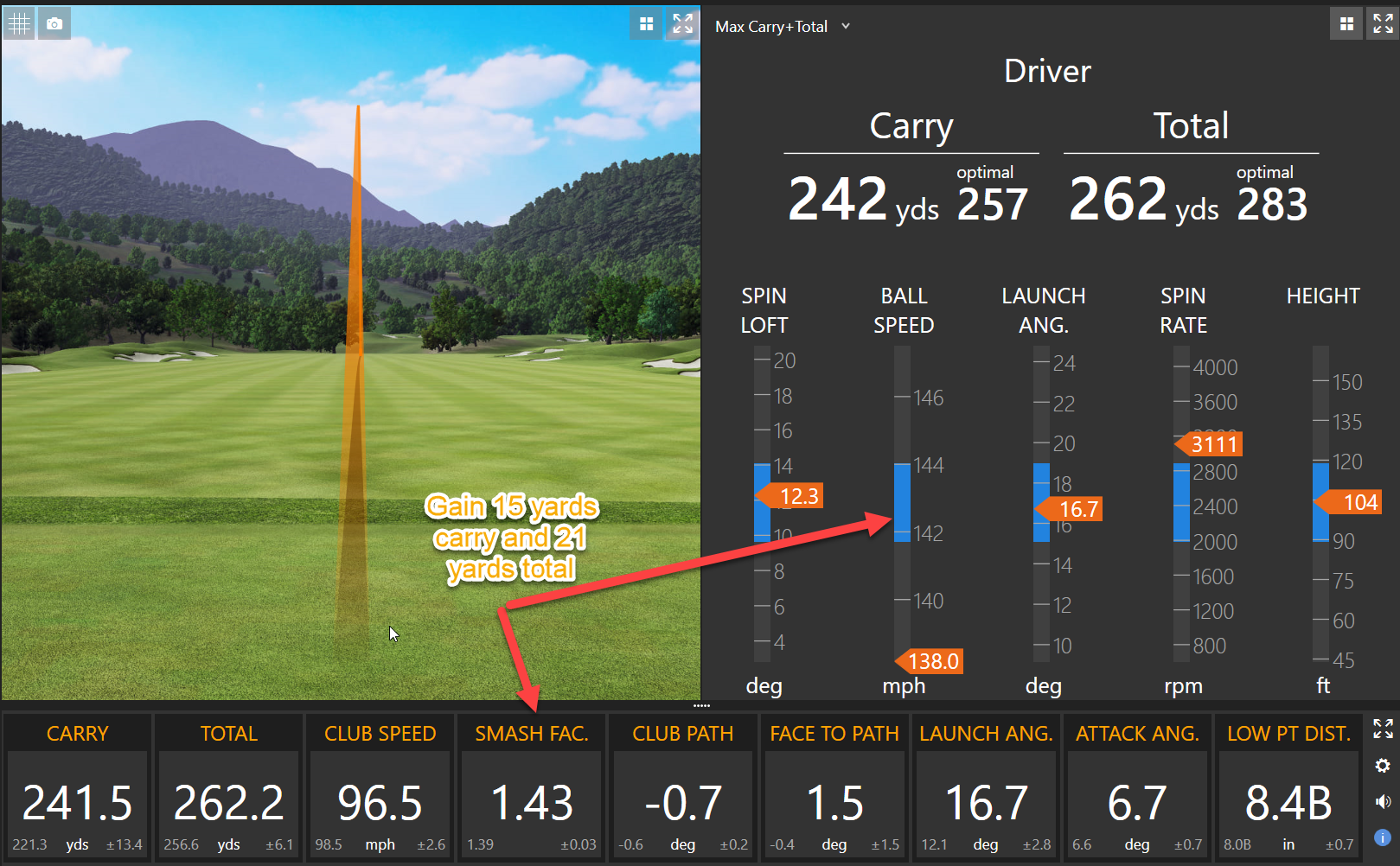Should YOU play graphite or steel shafts in your irons? Seems like we get asked that question in every iron fitting. With 40% of our golfers saying they are wanting to hit more Greens In Regulation, I thought I would answer that question with a couple of our fitting principles.
Get a FREE online fitting now to see which shaft best fits your swing.
First of all, shaft weight is one of the most important factors in fitting irons.
I don’t care if you are “getting older” or not! The shaft weight has to help you optimize your consistency, distance and accuracy. The lines are REALLY blurring these days between steel and graphite iron shaft weights, especially in the 95 to 110 gram weight. That weight class is were a lot of golfers either move from steel to graphite, or as juniors get stronger, move from graphite to steel. As a point of reference, traditional Dynamic Gold S300 shafts weigh roughly 130 grams, KBS Tour around 125, and Project X LZ Steel from 110-125. All steel shaft manufacturers have made lighter weight models, i.e. the KBS Tour 90, True Temper XP 95 to offer lighter shaft options. Nippon makes their MODUS3 shafts in weights from 105 - 130. See more light weight steel shaft options here. the numbers on the shaft typically represent the gram weight of the shafts, i.e. ACCRA i60 iron is roughly 60 grams in weight. Graphite iron shafts can be as light as 40 grams and as heavy as 115 grams. There are a lot of new graphite shaft options in heavier weights that actually have very similar launch and spin profiles as their heavier steel counterparts making it easier to switch.
The reason the manufacturers are making lighter shafts is simple. In their world, lighter shafts means more speed which means more distance. But we have shown a wide variety of our golfers that sometimes “weight is your friend”, i.e. heavier shaft weight means more control AND more distance. But once you get below 90 gram shaft weight, you are pretty much relegated to graphite shaft composition because the manufacturers literally cannot make a steel shaft in 70 grams, for example, play stiffer than a ladies or low senior flex. Our Fitting Wizard takes into account the key factors of tempo, transition, release point, distance and desired trajectory to determine the recommended shaft weight for you. Don't be surprised if it is different than what you are currently playing!
Feel and Shock Absorbtion
If you have been playing steel for a long time, especially a heavier steel shaft like a Dynamic Gold S300 or Project X, going from a steel shaft to a graphite shaft MAY have a big difference in feel. We see a lot of players on the Champions Tour moving to SteelFiber i110 shafts as a compromise from a heavier steel to a lighter, more shock absorbing composite shaft. Some of that is due to the shock absorbing characteristics of graphite shafts, especially if you have any issues with golfer's elbow or arthritis. Some of you may actually have switched to graphite a few years ago thinking that your swing was slowing down and you needed lighter weight to generate more speed. If you like the feel of those graphite shafts, it may be hard to go back to steel even if our Fitting Wizard recommends you do so.
In a fitting at our locations, we always say that we will do the technical evaluation (distance, shot dispersion, launch, spin, etc.) while YOU need to tell us what looks good to your eye, sounds good to your ear, and feels good in your hands. You are the one swinging the club and if it does not feel good to you, you will not trust the club and you will lose confidence. To some golfers, graphite feels dull or dead while steel feels crisp and solid. Every golfer is different so be sure to test different shafts to see if one feels better than the other but still gives consistent results.
Launch(Trajectory) and Spin.
When you use our Fitting Wizard, in addition to tempo, transition and release, we ask you your desired options for distance and/or accuracy and ball flight (higher/lower). Our Fitting Wizard will use this information to make recommendations of shaft Launch/Trajectory and Spin characteristics. In some instances, lighter shaft weights will only be available in High or Mid-High Trajectory and Spin categories. Once you get into 80 gram or higher shaft weights, there are more options.
Accuracy of Graphite vs. Steel
I have to throw in a comment that gets brought up quite often. "Isn't steel a lot more consistent than graphite?" The short answer is yes, however, the way we build clubs using frequency matching and spine aligning, you can be assured that your graphite shafted clubs will be as good or better than any steel shafted irons you have played.
Get a FREE online fitting now to see which shaft best fits your swing.
While there are a variety of other technical factors we use in our fittings, these three simple points can help us select the proper shaft very quickly. Getting too technical from your perspective (torque, balance point, shaft profile, etc.) will just bog you down in your decision making process. Let us help you dial in your new irons or reshafted irons with the proper shaft that optimizes distance and shot dispersion. Then you can improve your greens in regulation, lower your scores and have more fun!
Dan Sueltz
